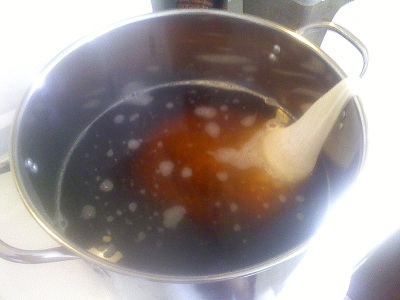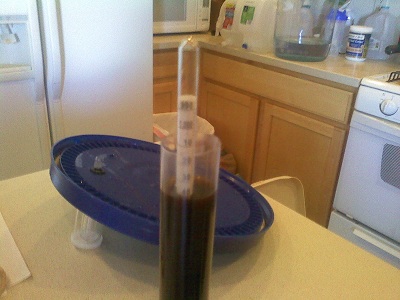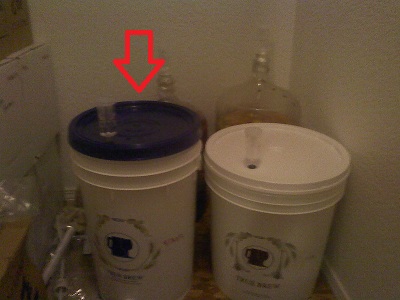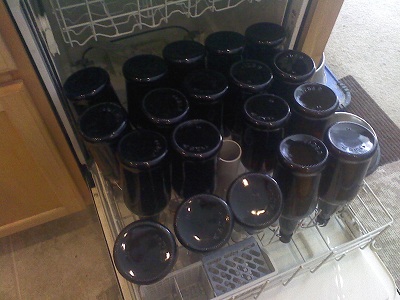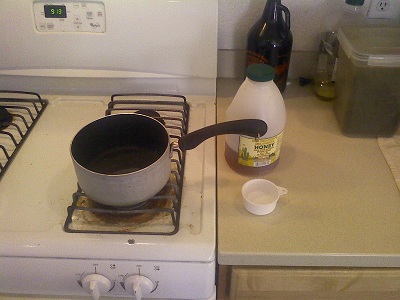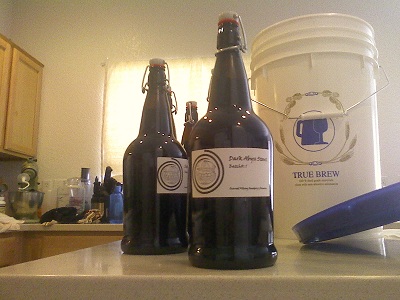If you are a n00b like me then you probably have a ton of questions swimming around your head. Personally, my questions tend to be rather dumb and any decent person would feel stupid just asking them. Good thing I am not too decent but as most folks are, I decided to document my first beer brew to help out others in the same boat as myself. Its going to be a quick brew, its going to be a dirty brew, and its most certainly going to be a dark one.
I recently got itchy and tired of waiting for my meads to be drinkable and so queried the gods of brewing on this forum. The goal was to make something, anything really that was drinkable within 3 weeks. Thanks to the friendly folk who helped me out on this thread, here is what I came up with...
Recipe: Stout
5 #s Breiss "Special Dark" LME
2 #s flaked barley
1 # black roasted barley
2oz Kent goldings
S05 yeast
I will walk you through the trials and tribulations of this venture. If the creation of the wort has anything to say, this is going to be one dark evil beast of a stout.
I recently got itchy and tired of waiting for my meads to be drinkable and so queried the gods of brewing on this forum. The goal was to make something, anything really that was drinkable within 3 weeks. Thanks to the friendly folk who helped me out on this thread, here is what I came up with...
Recipe: Stout
5 #s Breiss "Special Dark" LME
2 #s flaked barley
1 # black roasted barley
2oz Kent goldings
S05 yeast
I will walk you through the trials and tribulations of this venture. If the creation of the wort has anything to say, this is going to be one dark evil beast of a stout.


